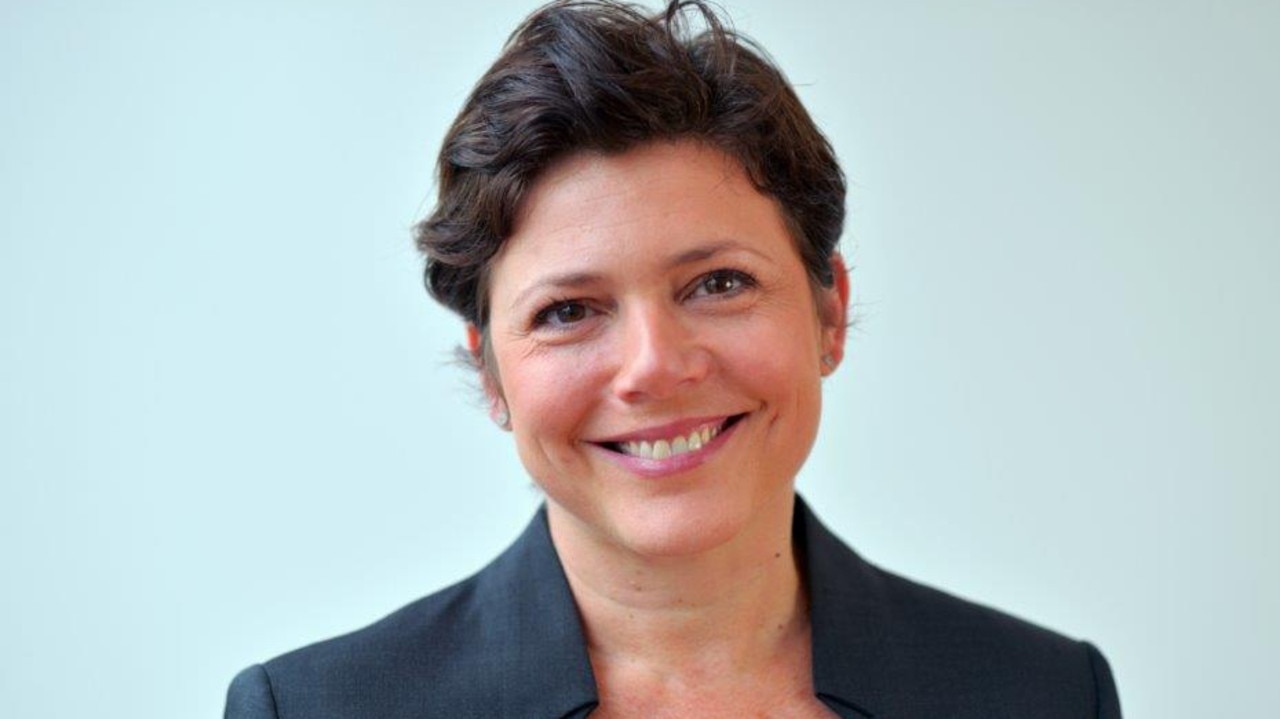Wendy Tuohy: Closing gender pay gap makes economic sense
THE gender pay gap has shocked business leaders, who can’t believe they are discriminating against talented women, writes Wendy Tuohy.

Wendy Tuohy
Don't miss out on the headlines from Wendy Tuohy. Followed categories will be added to My News.
NO business wants to think it is discriminating against talented women and I’m certain none do so on purpose.
No wonder business leaders are “gobsmacked” when they do a gender audit and discover they do appear to value women’s work less, paying them less for like-for-like level work and promoting fewer women of merit.
A gender pay gap of about $27,000 a year was just revealed by Australia’s Workplace Gender Equality Agency scorecard, and director Libby Lyons reinforced the need for organisations to check their diversity progress in the name of boosting bottom lines. Without exception, senior managers were “gobsmacked and shocked” to learn they were not giving their women the same access to pay and promotion, she said.
One reason may be that some are yet to realise the benefit for shareholders.
Global consulting group McKinsey, international bank Credit Suisse and merchant bank Goldman Sachs all found promoting more women to senior positions is revenue gold.
In its 2015 report, Diversity Matters, McKinsey found companies in the top 25 per cent for gender diversity are 15 per cent more likely to perform better financially than their peers. In October, Credit Suisse’s CS 3000: Progress in the Boardroom report, which analysed 3000 companies globally, revealed gender diversity from the top down is a “tremendous benefit to companies and their shareholders”.
“Companies with more female executives in decision-making positions continue to generate stronger market returns and superior profits,” it said.
In 2013-16, those with women in 33 per cent of senior management positions outperformed by 4.7 per cent. In companies with 50 per cent women senior leaders — a target BHP Billiton recently announced it had set for the company by 2025 as it strives for a 50/50 workforce — there was a 10.3 per cent superior stock market performance.
WGEA’s Libby Lyons says BHP is one large group to have analysed the benefits of promoting women: “One of the reasons BHP stated for its (50/50) decision was that they know, in their business units where they have gender diversity, not only is there a lower rate of injury in the workplace but those units are also more likely to meet production targets,” she said.
The gender equality scorecard tracked the status of 4 million employees at 12,000 employers across all industries and occupations, producing a more thorough snapshot than any other country keeps, even the US.
In Australia it found women’s average full-time remuneration is 23.1 per cent less than men’s.
Even in industries dominated by women (healthcare, social assistance, admin/support, education and training) men were paid more. Women held only 28 per cent of key management jobs.
There’s no point whining about this slowly eroding relic from days when the economy ran on the so-called “male breadwinner model’’, prioritising men’s work. But much is to be gained by encouraging more women to contribute to the economy while also being able to make a decent take-home wage after childcare costs.
Increasing female participation in Australia by four percentage points would increase our GDP by $25 billion annually, according to the Grattan Institute.
Goldman Sachs has estimated that if Australia got as many women as men working it would boost the economy by $195 billion a year.
The pay gap has been acknowledged as a disincentive for mothers to remain in work, given, as a study by the ANU showed this year, if they work full-time some are earning as little as $5 an hour after tax and childcare costs.
In a post pay-gap world, women would not be tempted so strongly to leave an employment market that sends the message they’re not as worth having; men would be freer to share child-rearing as many say they want to.
The fact women have about half the superannuation of Australian men would also be rectified.
Smart companies — and smart countries — mind the gap. Let’s keep striving to close it, you know it makes sense.
WENDY TUOHY IS A HERALD SUN COLUMNIST


